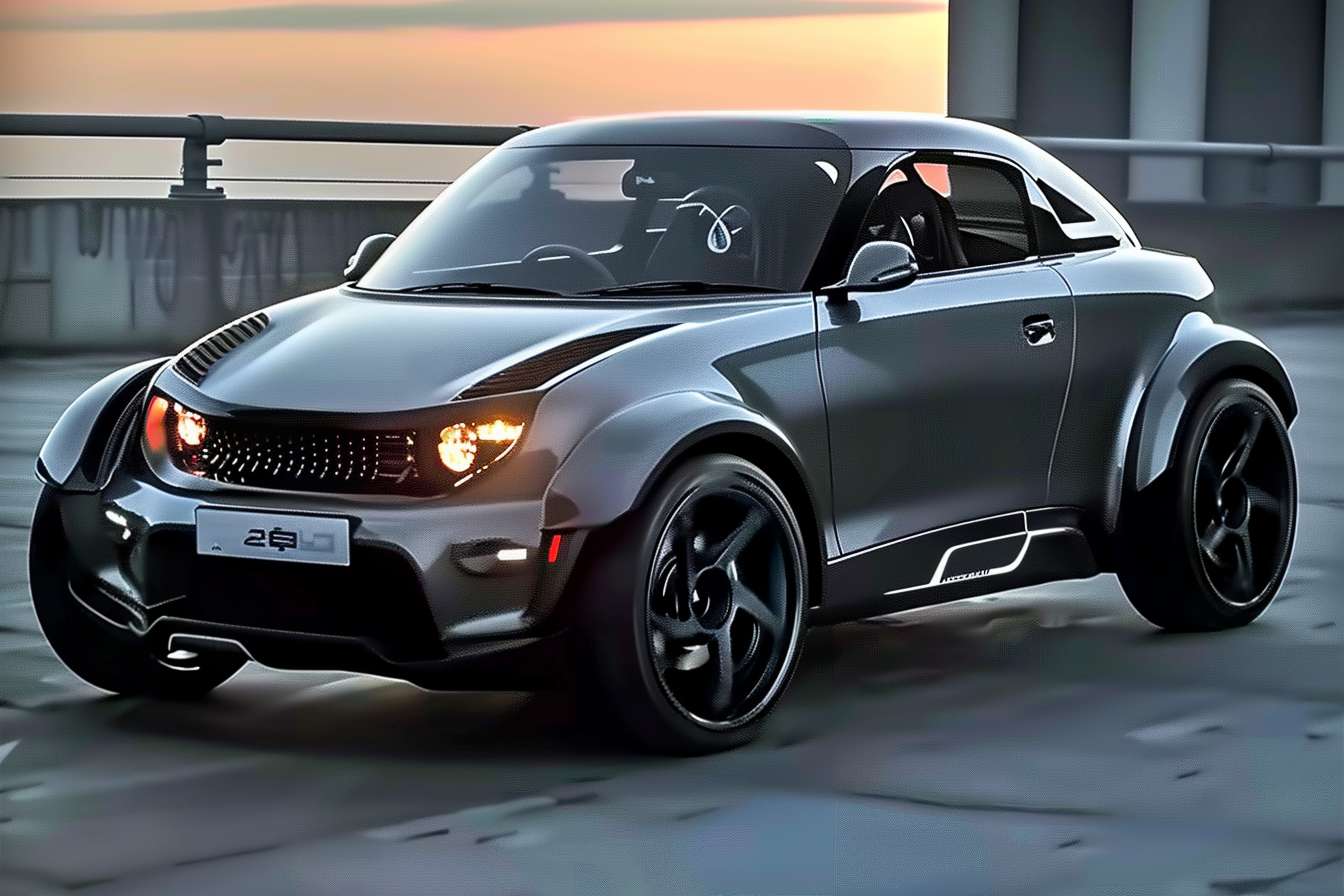The Resurgence of Targa Tops: Blending Nostalgia with Modern Design
In an era where automotive design often feels homogenized, a classic feature is making a surprising comeback: the targa top. This unique roof configuration, bridging the gap between convertibles and coupes, is experiencing a renaissance in contemporary car design. But what's driving this resurgence, and how are manufacturers reimagining this retro element for today's discerning drivers?

A Brief History of the Targa Top
The targa top concept was pioneered by Porsche with the introduction of the 911 Targa in 1967. Named after the Targa Florio road race in Sicily, this innovative design was Porsche’s response to anticipated U.S. safety regulations that never fully materialized. The original targa featured a removable roof section and a fixed roll bar, providing open-top driving with enhanced safety compared to traditional convertibles.
Throughout the 1970s and 1980s, various manufacturers adopted the targa design, including Ferrari, Chevrolet with the Corvette, and even Toyota with the Supra. However, as automotive design trends shifted and engineering advancements improved traditional convertible mechanisms, the targa top gradually fell out of favor.
The Modern Targa Revival
Fast forward to the present day, and we’re witnessing a notable resurgence of the targa top. This revival is driven by several factors, including nostalgia for classic designs, advancements in materials and engineering, and a desire for unique driving experiences in an increasingly homogenized market.
Modern targa tops benefit from significant technological improvements. Lightweight materials like carbon fiber and advanced composites allow for easier handling and storage of removable panels. Sophisticated sealing systems have dramatically reduced issues with water leakage and wind noise, addressing common complaints of older designs.
Engineering Challenges and Solutions
Implementing a targa top in a modern vehicle presents unique engineering challenges. The removal of a significant structural element – the roof – requires careful consideration of the vehicle’s rigidity and crash safety. Today’s automotive engineers employ advanced computer modeling and materials science to overcome these hurdles.
One innovative solution is the use of advanced high-strength steels and aluminum alloys in the vehicle’s structure. These materials allow for increased rigidity without excessive weight gain. Additionally, some manufacturers have developed clever mechanisms for storing the removable panel within the vehicle, solving the age-old problem of where to put the roof when it’s not in use.
The Driving Experience: Why Targa Tops Appeal
The targa top offers a unique driving experience that sets it apart from both hardtop and full convertible designs. It provides the open-air feeling of a convertible without the complete exposure, making it ideal for those who want the best of both worlds. The fixed roll bar also contributes to a sense of security and maintains the vehicle’s silhouette, which many find aesthetically pleasing.
From a practical standpoint, targa tops offer advantages in terms of all-weather usability and noise reduction compared to soft-top convertibles. They also tend to be lighter than retractable hardtops, preserving performance and handling characteristics.
Market Impact and Future Prospects
The reemergence of targa tops is having a notable impact on the automotive market. Manufacturers are using this design feature to differentiate their offerings in crowded segments, particularly in the sports and luxury car categories. It’s becoming a selling point for consumers seeking a unique driving experience without compromising on practicality or safety.
Looking ahead, the future of targa tops seems promising. As automakers continue to push the boundaries of design and engineering, we can expect to see even more innovative interpretations of this classic concept. There’s potential for integration with other emerging technologies, such as electrochromic glass that could allow for variable transparency in targa panels.
Conclusion: A Blend of Past and Future
The resurgence of targa tops in modern vehicles represents a fascinating blend of nostalgia and cutting-edge automotive design. It’s a testament to the enduring appeal of open-air driving and the automotive industry’s ability to reinvent classic concepts for contemporary consumers. As we move forward, the targa top stands as a symbol of how looking to the past can sometimes be the key to innovative future designs. Whether you’re a driving enthusiast or simply someone who appreciates unique automotive features, the modern targa top offers an exciting option in today’s diverse car market.





